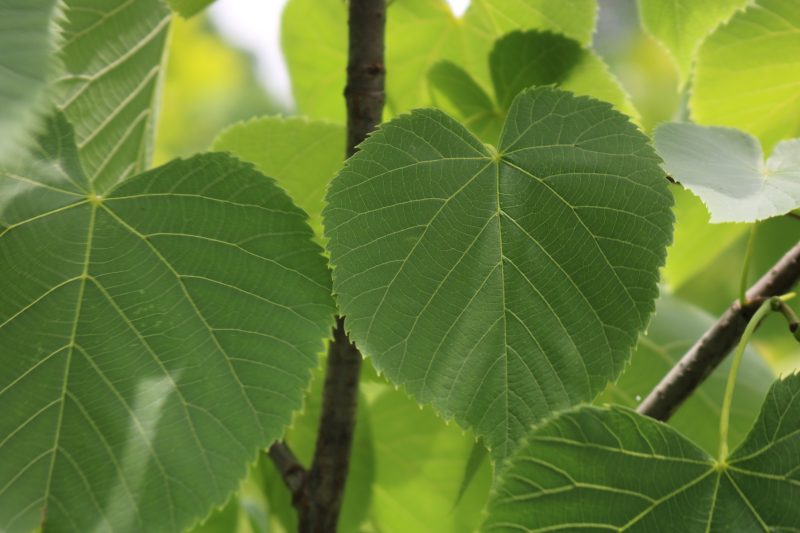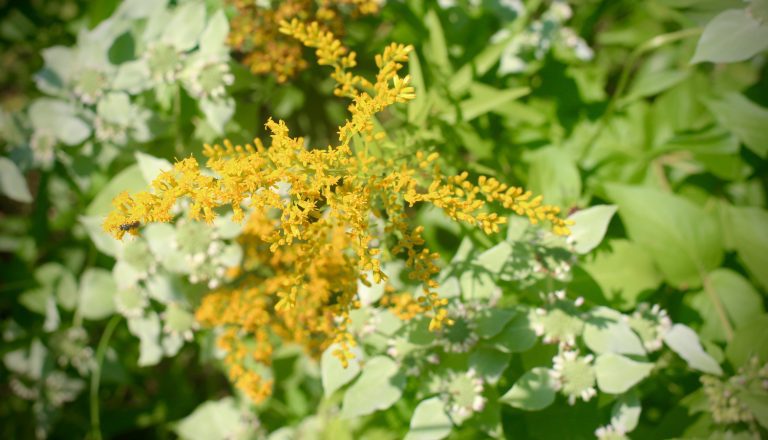What is Conservation Landscaping?
Conservation landscaping is a mindful gardening practice that takes into account the impact your small garden has on the larger ecosystem and watershed. You may have heard this practice referred to as “Bayscaping” in the Chesapeake Bay Watershed. The most important aspect of conservation landscaping to think about bay-friendly practices in every stage of your garden – from the design to plant selection, installation, and maintenance. The Chesapeake Conservation Landscaping Council (CCLC) outlines eight essential elements of this practice, let’s outline a few of these elements as they apply to home gardens.
- Design to benefit the environment
Think about the natural areas surrounding your property. Are you close to a storm drain or waterway? If so, consider installing a rain garden, which will slow down and decrease the amount of polluted run-off entering our harbor (and the bay). Are you close to a public park? Consider including a bird-friendly or pollinator garden, encourage your neighbors to do the same and make a greenway or wildlife corridor. These gardens have form and function, the ecosystem will appreciate a boost, and you will enjoy watching your garden grow through the seasons.
- Use native plants that are appropriate for site conditions
Time and time again we see research proving that the ecosystem services of native plants far exceed that of their non-native counterparts. Their deep roots and co-evolution with the complex ecosystem allows them to soak up more stormwater and support more wildlife than non-native species. Native plants also require fewer inputs once established (water, fertilizer, and herbicides).
- Manage invasive plants
I have yet to meet a gardener who does not have an invasive plant horror story. It is important to manage these invasive plants (English Ivy, Stilt Grass, Garlic Mustard, etc.) in order to allow native plants to establish themselves and thrive. There are several native plants (for example, Golden Ragwort, Mountain Mint, and Black-Eyed Susan) that put up a good fight against invaders, but they need a little help from you to win the good fight.
- Promote healthy air and minimize air pollution
You may not realize it, but your gas-powered lawn equipment lets out an immense amount of air pollution, way more than an average automobile. According to U.S. Fish & Wildlife Service: Per hour of operation, small gas-powered engines used for yard care emit more hydrocarbon than a typical auto (mowers 10 times as much, string trimmers 21 times, blowers 34 times). Knowing that, don’t you just want to rip up your lawn and put in a native meadow? Replacing your turf with a meadow or wildlife garden will turn out to be less work in the long run. It is important to remember that these gardens will require some maintenance, especially while establishing themselves.

Other essential Elements include:
- Provide habitat for wildlife
- Conserve and clean water
- Promote healthy soils
- Conserve energy, reduce waste, and eliminate the use of chemicals
To learn more about Conservation Landscaping, and how to grow your green impact visit Herring Run Nursery, or email [email protected].



